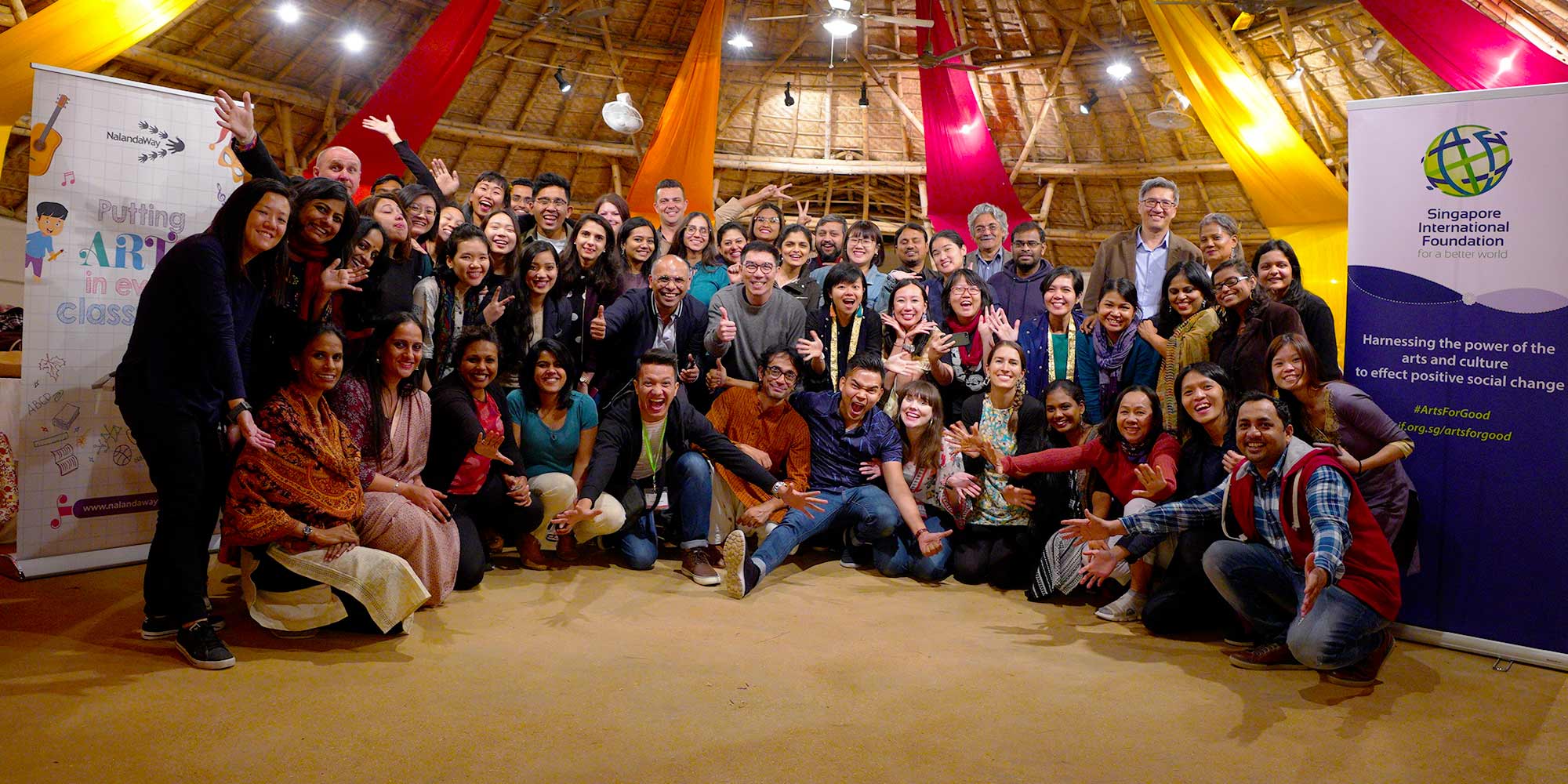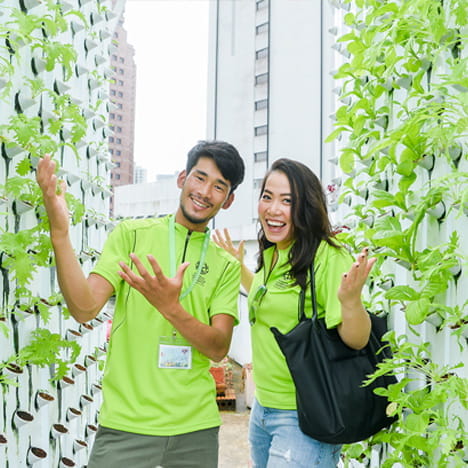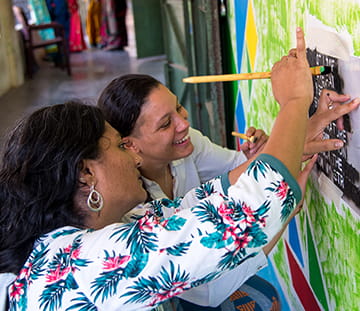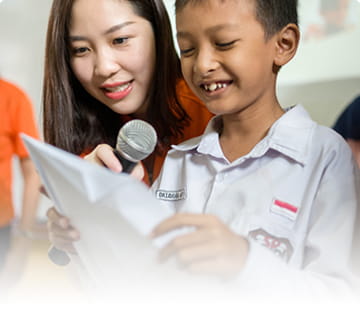The Art of Inclusion
The fourth edition of the Arts and Disability Forum highlighted the importance of meaningful collaborations to bolster the positive social impact of the arts for people with disabilities.
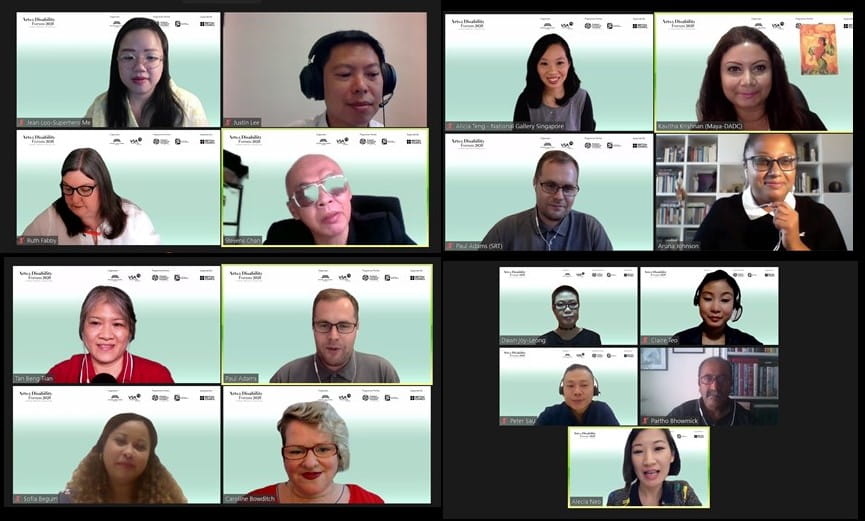
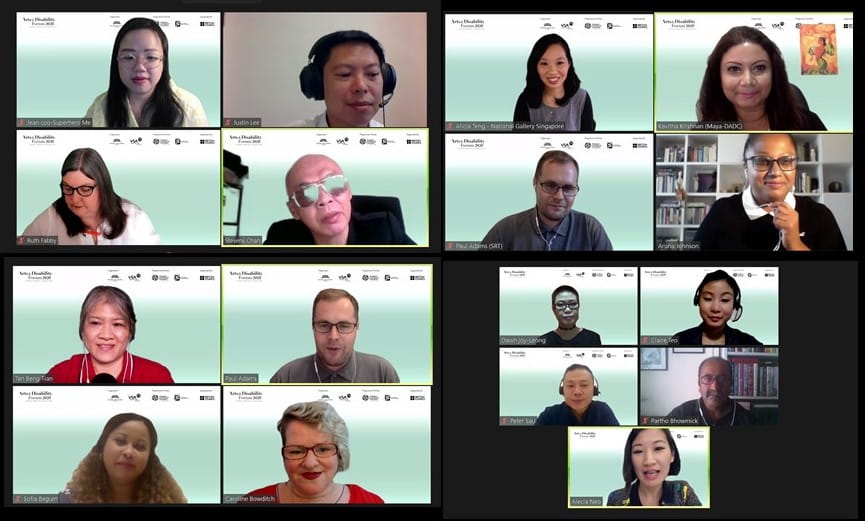
How can different sectors of society come together to foster greater inclusiveness in the arts? What do successful collaborations look like, and how can accessibility be harnessed as a creative asset?
These were the central points of discussion at the Arts and Disability Forum, held from 7 to 9 October 2020. Themed “Cultivating Collaborations, Increasing Access”, the Forum welcomed over 200 participants from more than 20 countries and featured speakers from Australia, India, Malaysia, Singapore, and the United Kingdom.
Organised by the National Arts Council Singapore and Very Special Arts Singapore, with programme partners the Singapore International Foundation (SIF), Tote Board, and support from the British Council, this year also marked the Forum’s first online edition since its inception in 2016—which, despite having gone online largely due to COVID-19, was in-line with the Forum’s aims of fostering inclusion. As speaker Caroline Bowditch, Chief Executive Officer, Arts Access Victoria (Australia), noted, “the digital world is not inaccessible physically,” thus enabling speakers and participants regardless of ability to participate in the Forum without barriers.
“I am impressed that despite the COVID-19 challenge, the Singapore organisers still pressed on and organized the Arts and Disability Forum 2020 over Zoom. It’s even more inspiring as more people could participate globally in the online Forum,” echoed panellist Stevens Chan, Founder of SOS Missions Berhad (Malaysia).
Having participated in the Forum since its inception, Stevens further shared his reflections: “When I first attended the Arts and Disability Forum in 2016, I was really impacted by what Singapore is doing with the arts, especially with the special arts involving the disabled community. I am grateful for the people I have encountered at the forum and the collaborations we have made from there. After the Forum, I told my wife I must do it in Malaysia too, that Singapore is leading the way and we should learn from them.”
Over three days, the panellists discussed a broad range of topics, including: creating social impact in areas of society one may be unfamiliar with, the successes and challenges surrounding collaborations, different approaches to providing arts content for audiences with diverse abilities, the concept of “aesthetic access”—for example, having captions being creatively incorporated into a performance, rather than projected onto screens next to the stage—, and the importance of working with artists across a spectrum of abilities. The Forum concluded with a series of workshops conducted by the panellists themselves, showing participants how to translate theory into practice.
The Arts and Disability Forum is part of the SIF’s Arts for Good Projects, which brings together artists and different sectors of society to create arts-based initiatives to enhance cross-cultural understanding and create social impact.
